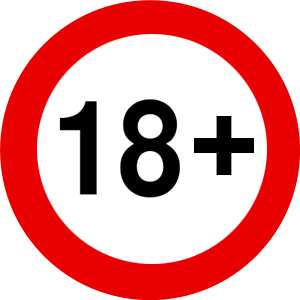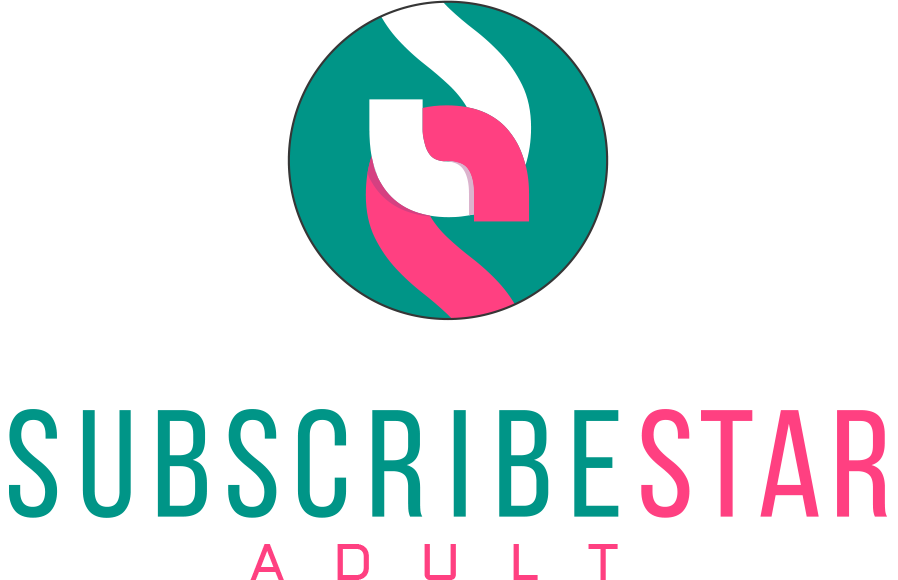



Supermodel Snapshot - The First Screenshots
Greetings, everyone!
The development of the Supermodel prototype has come very far now, far enough that I'm finally ready to share official screenshots from it. Attached to this post are 4 screenshots from the current version of the prototype, showing a game in progress. I will talk a bit more about each image below.
But first, let's talk about the title "Supermodel Snapshot." While this might change, I was starting to feel like the card game deserved its own title, much like the card game in The Witcher 3 was called Gwent. For now, I have landed on calling it Supermodel Snapshot, though you're more than welcome to suggest alternative ideas. I am in no way committed to this title. For the time being, I will refer to the prototype under this name. This should also help separate it from the main game. If I'm talking about Supermodel, you can assume that I refer to the full experience with visual novel and card game combined into one. If I talk about Snapshot, it's about the card game only.
Now let's talk about each screenshot and what it shows. While I won't cover the game's rules in detail here, I will point out a few things of interest as we go along.
Screenshot 1: This is what the game looks like immediately upon starting a new match. The actual cards will vary between games, but it should look somewhat like this.
- The Heat counter in the lower left corner is at 0, which is where it always starts.
- The lower right says that this is turn 1 and that we're in the Challenge Phase (there is also the Action Phase, which is the second half of your turn).
- The cards at the bottom of the screen are your hand, which starts at a size of 5 cards. At the beginning of every turn, your hand is automatically filled up to its limit again, so you can safely play as many cards as you want.
- In the upper left corner is your deck, which contains all your cards (except the ones currently in your hand, obviously).
- The upper right shows your discard pile, which is currently empty. You can freely drag cards there to discard them, but it's more common for cards to end up there automatically after they have been played and spent their effects.
- The top of the screen shows the Challenge cards currently in play. The AI will draw one of these every turn, and at the halfway point through a match, it will start drawing two per turn. These cards are horrible and must be dealt with as soon as possible. If you cannot, the results will be painful. If you end your turn with more than 3 of these in play, you immediately lose the game. Much of your time playing Snapshot will be spent trying to eliminate Challenge cards effectively.
- The shaded area in the middle of the screen is the play area. To play a card, you will typically drag it here. Cards of the Engine or Upgrade type stay in this area while other cards do something and then get discarded. You can have no more than 5 Engines/Upgrades in this area at any one time, so you must think carefully about what cards will serve you best.
Of additional note are the colors of the cards. If you look closely, you can see that they are related to the tiny text in the lower right corner of each card. The ones you can see here are the following:
- Common (grey): When you start a new game of Supermodel (the full game), you will have nothing but common cards in your deck. These cards are not necessarily weak. They are meant to be the foundation of your deck and are both easy to use and understand. You'll replace some of these cards as you obtain rarer cards during gameplay, while others are likely to be central to your deck's strategy for a long time.
- Uncommon (green): You'll start gaining the most of these cards once you begin to earn new cards during gameplay. They differ from common cards because they are often more specialized and situational. Played correctly, they will usually be more powerful than common cards, but they might not be a good fit for every deck. The uncommon card shown in this screenshot ("This is Fine") is a perfect example. It will probably never be helpful if you toss it into a random deck. However, build a deck around this card's strengths, and it could become extremely potent. This type of card is meant to encourage deckbuilding and combos.
- Rare (blue): Rare cards are like uncommon cards but even more extreme. You won't have many of these for a while, and you are unlikely to put more than one or two of each in your deck. The rare card you see here ("Turned On") is another highly specialized card that might never be played in a regular deck but could be very powerful in the proper context.
- Model (pink): These cards are unusual because you don't actively add them to your deck. Instead, the model you photograph temporarily forces them into your deck. Remember, Snapshot is meant to represent photo shoots where you take pictures of the superheroes in the game. In this case, we're photographing Vanguard (Ida Yasuda), and she has her own collection of 4 model cards that she adds to your deck whether you want her to or not. In the early game, model cards are so weak that they'll mostly just get in your way and be an annoyance you have to deal with. But as you keep winning matches, you will get opportunities to upgrade these cards until they eventually become powerful. These cards are meant to represent the model's experience. As she gets better at being a model in your photo shoots, her experience grows, and she becomes much easier to work with.
Screenshot 2: We're now on turn 4 and can see a strategy starting to take shape. More Challenge cards have appeared while the play area is slowly filling up with Engine/Upgrade cards that help you earn the resources you need to play more powerful cards and eventually win the game. In the lower left, we can see that there are now two different values here. The uppermost value is the total Heat you have earned through the match. To win, you must earn at least 50 Heat before the end of turn 10 while also making sure to never let there be more than 3 Challenge cards in play at the end of your turn. The lowermost value (9) is your current Heat, which you can use to play cards with. In this case, your 9 current Heat could be used to play "Pose Freely" with its cost of 4, but you could not play "Time Out," which has a cost of 16. The other cards have no cost and can be played freely. Spending current Heat to play cards does not reduce your total Heat, so playing cards does not make it harder to obtain the 50 Heat you need to win.
Screenshot 3: It's turn 8 now, and things are getting intense. The play area is filled up with Engine/Upgrade cards, so even though the "Camera Adjustments" card is on your hand, you can't play it since there is no more room. The Heat values are getting very high, and it looks like there won't be any trouble getting the 50 Heat needed to win. This means you can now focus on dealing with the Challenge cards, which are coming out faster than in the early turns.
Screenshot 4: At any point during the game, you can double-click any of the cards on the screen to bring up a screen like this. This allows you to see a bigger version of the card and a detailed breakdown of the rules that concern this particular card. This means that you don't have to memorize a bunch of complicated rules as your deck and the assortment of abilities available to you grow. As you can see in this image, your cards will have different abilities depending on whether they are played in the Challenge or Action phases. Deciding when to play your cards and which of their abilities to use is central to Snapshot.
So, there you have it. You now know what the prototype will look like when you get your hands on it. However, some of this art must be considered placeholder, so some parts might still change. Still, the release of the first Snapshot prototype is getting so close that I wouldn't expect that much to change.
Feel free to ask questions here or on the Discord server, and I will do my best to answer.





